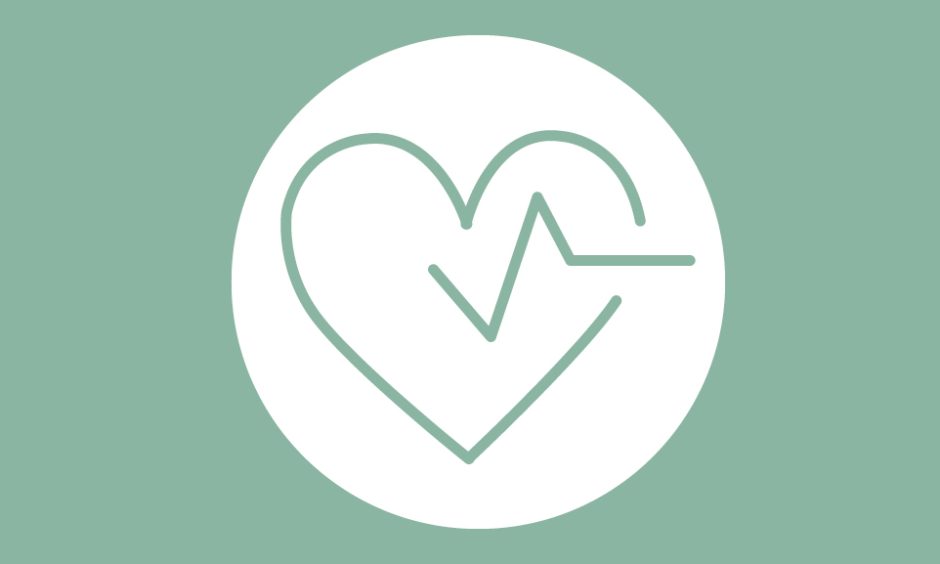Hosted by Prof Andreas Baumbach, President of the European Association of Percutaneous Cardiovascular Interventions (EAPCI), and released in a webinar on 29th April 2020 by EAPCI/the European Society of Cardiology (ESC), this session on COVID-19 and cardiovascular interventions updated participants on building patient confidence for acute cardiac procedures during the COVID-19 pandemic, patient risk assessment, the perspectives on the environment and resource constraints, and reprioritising elective cardiac interventions.
ACUTE CORONARY SYNDROME DURING THE COVID-19 PANDEMIC
The timing of acute coronary syndrome procedures during the COVID-19 pandemic is in need of improvement, according to Dr Raul Moreno, President of ACI-SEC – Spanish Society of Cardiology. Among the consequences of COVID-19 for the interventional cardiology healthcare system are increased patient concern of contamination, a mass transfer of healthcare personnel to COVID-19 care, and a reduction of available hospital beds, all of which have led to a reduction of catheter laboratory activity. The above impacted all patients with cardiovascular complications requiring invasive management during the pandemic, as treatment was delayed and transcatheter aortic valve implantation (TAVI) programmes closed. The audience agreed: 80% thought that all patients with cardiovascular conditions requiring invasive management have been impacted by this global crisis. Dr Moreno stressed, however, that “these patients are only the tip of the iceberg because we are going to see very soon, when the COVID-19 pandemic decreases, patients with non-ST-elevation myocardial infarction [STEMI] that have been treated conservatively,” as well as patients with unstable aortic stenosis, chronic stable angina, and those with left atrial appendage occlusion. “There are some interventions that cannot wait,” emphasised Dr Moreno, who went on to clarify the EAPCI/ESC/Association for Acute Cardiovascular Care position statement that gives recommendations for patients with STEMI. The general recommendations are that only hospitals equipped to manage patients with COVID-19 should maintain a 24/7 catheter laboratory service and any patient with STEMI should be managed assuming positive COVID-19 status.
CREATION AND CONTROL OF CLEAN HOSPITAL PATHWAYS
Prof Giuseppe Tarantini, President of Italian Society of Interventional Cardiology (GISE), provided an overview of creating and controlling clean pathways to maintain post-thrombotic syndrome (PTS) with interventional measures. Focussing on the COVID-19 daily deaths tolls of Italy, Germany, and Sweden, Prof Tarantini analysed the early, peak/plateau, and late stages of the pandemic before concluding that “whatever the stage of the pandemic, the common thread is the need for [personal protective equipment] PPE and testing.” These three countries have implemented different catheter laboratory recommendations, with Germany and Sweden choosing to adopt the World Health Organization (WHO) guidelines. However, testing and PPE are just two points on the 10-point COVID-19 protocol that has been embraced in Italy to avoid hospital-related infection: “When you have this protocol in place in the hospital, you can dramatically reduce the rate of infection from 12.0% to 1.2%,” which equates to a 10-fold decrease. The next steps in managing the hospital-infection pathway, said Prof Tarantini, is to separate into urgent/emergency cases, which require admission to the catheter laboratory as probable COVID-19 cases, and elective cases, where patients with symptomatic severe disease are prioritised. In the hospital rules suggested by Prof Tarantini, probable or confirmed COVID-19 cases need to be treated in a dedicated room, daily checks of PPE stocks are essential, supervised donning should be performed in a dedicated room, the patient should arrive wearing a surgical mask, and after the interventional procedure they should be transferred to the intensive care unit whilst they await their test results. This should be followed by supervised doffing inside the dedicated room and a wait of at least an hour before a terminal clean of the room. In his final remarks regarding testing he highlighted again the differences between the three countries; in Italy it is mandatory for all patients to be tested before admission to a hospital, whereas Germany and Sweden were only testing symptomatic patients. Prof Tarantini did, however, advise that “you need to just deal with the emergent and semi-urgent” cases in regions with a high number of infections in order to conserve resources. And what about the backlog of elective procedures? When this question was posed to the audience, 67% voted that it should restart slowly with only high-risk elective patients and only 9% voted for postponing until the tail of the outbreak.
RECOVERING PUBLIC CONFIDENCE
The importance of recovering public confidence, disseminating outpatient and public information, and improving referral time for interventions to save lives were all discussed by Prof Guillaume Cayla, President of the French Group of Atheroma and Interventional Cardiology (GACI). When consulted, 50% of the audience reported that they had seen an important (40–50%) reduction in the number of acute coronary syndrome cases in their hospitals during the pandemic’s confinement period, 85% of whom said that they believed this was caused by patients being afraid of attending hospital because of COVID infection fears. Prof Cayla regarded this as the paradox of the COVID situation, where the success of self-isolating runs in parallel to patients fearing they are disturbing hospital staff, or they are fearful of hospital-contracted COVID-19. He stressed that the information to the population should be that “cardiac emergencies still represent a priority during the COVID-19 period,” and that emergency and cardiology departments should be organised into distinct areas for patients with and without COVID-19. When asked by the audience for his opinion on the most effective public campaign, Prof Cayla responded that local campaigns in newspapers are most effective, as “it is sometimes difficult when you have a national press release to have an impact on the local population of your hospital.” Prof Cayla concluded by underlining that during the chronic phase of the pandemic, “we absolutely need to encourage the population to call the emergency number in cases of chest pain.”
Use of effective protocols, such as a checklist of symptoms compatible with COVID-19 infection before hospitalisation, treating all patients as COVID-19 positive, systematic COVID-19 PCR tests, and a short hospital stay, were all advocated by the speakers. Not treating non-COVID-19 patients, such as those with acute coronary syndrome or STEMI, will give rise to an additional problem of long waiting lists for procedures in the near future. An interesting point made was that attention should be paid to non-COVID-19-related deaths, or excess deaths, as this number can, in some instances, be higher than COVID-19-related deaths. By encouraging patients to call the ambulance in instances of chest pain, dyspnoea, and acute cardiac conditions, in addition to establishing COVID-free zones in hospitals and using public health announcements to inform patients on how and where to obtain access to treatment, many lives can be saved.








